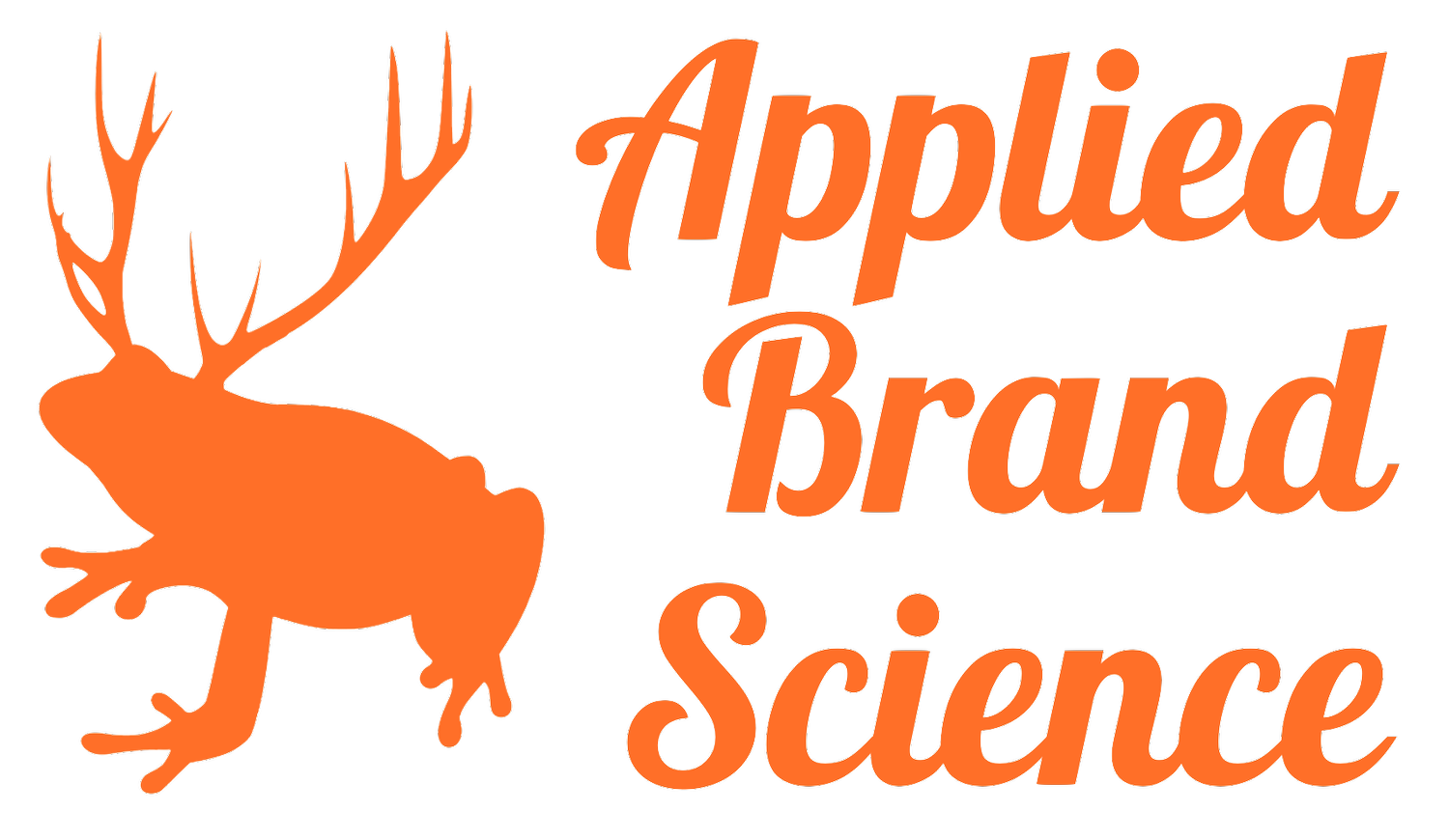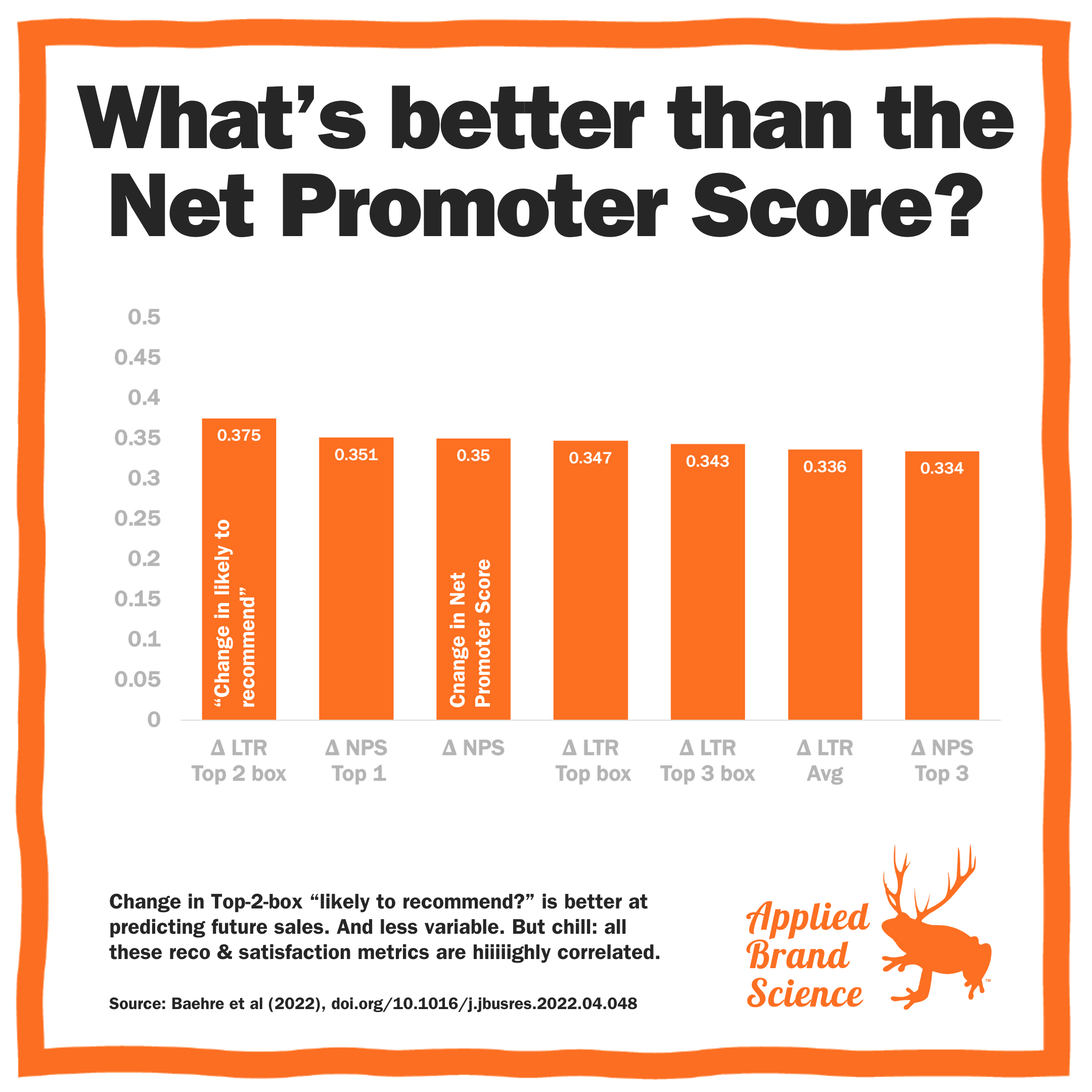What’s better than the Net Promoter Score?
Like, is the Net Promoter Score (NPS) some kinda magic number for predicting sales growth and tracking your brand health and measuring customer loyalty?
Not really, no.
A team led by Sven Baehre at the University of Limerick has been doing lots of work on the NPS.
What’s NPS? You know: those surveys that pop up while you’re using a website. “On a scale of 0-10, how likely are you to recommend Docusign to your friends & family?”
Then you count all the 9s & 10s, subtract all the 0-6, and throw out 7s & 8s. (They’re the Gen-X of the NPS world.)
Invented in 2003 at Bain & Co, it was hailed as “the only number you need to grow.” Today, Bain says “Net Promoter® is more than a score—it's a way of doing business.”
After 20 years (and looooots of other studies), it turns out the NPS isn’t magic. It’s got some sketchy math.
Baehre & co found that the best predictor of future sales was just counting the change in all the people who gave from a 7 to a 10.
(In English, “𝚫 LTR Top 2 box” means “change in Likelihood To Recommend, but just all the 4s and 5s (top 2 ‘boxes’) on a 5-point scale).
Caveats GALORE. This is a deep rabbit hole with LOTS of spilled ink and TONS of unintended consequences.
But here are some basic LESSONS for the NPS-curious:
🍊 NPS isn’t magic. In fact, it’s actually kinda sus.
🍊 If you really want the best predictor of future sales, track “𝚫 LTR T2 box”.
🍊 Since all these measures of brand satisfaction are hiiiiiighly correlated and weakly predictive, just pick one of them and, uh, go for a walk.
(And read the paper! It’s great.)


